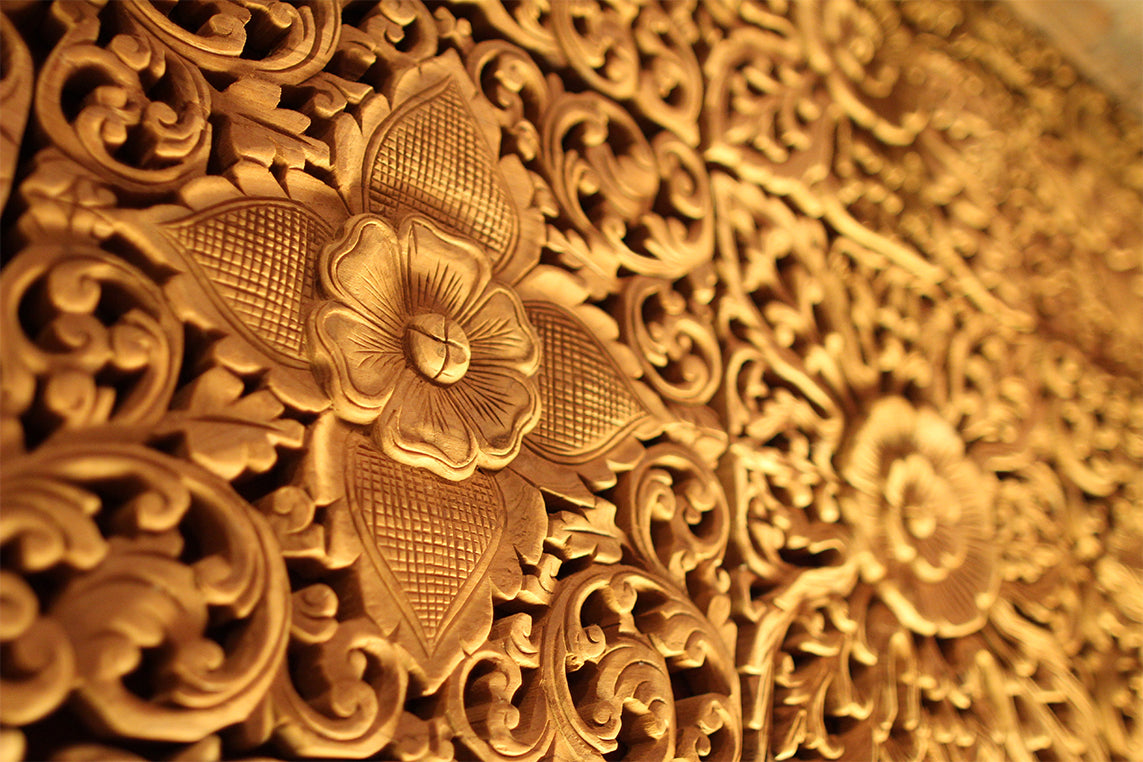Gold has been prized by humans for thousands of years, and it has played a significant role in shaping our societies and cultures. Its symbolic importance has been deeply ingrained in various aspects of human life, ranging from religious iconography to the use of gold medals in sports.
Curious about the mesmerising symbolism of gold and how it has shaped different aspects of human life across the globe? From religious iconography to the use of gold medals in sports, we’ll uncover how gold has been an essential part of history and culture.
Religious Symbolism of GoldGold is a symbol of purity and divinity in many religions, including Hinduism, Buddhism, Islam and Christianity. In Hinduism, gold is associated with the goddess Lakshmi, the goddess of wealth and prosperity. She usually dons a red saree with gold thread that is said to represent wealth, beauty and fertilitya. Gold is also believed to be a sacred metal that is associated with purity and blessings, and it is used in various religious ceremonies and rituals.
Similarly, in Buddhism, gold signifies the sun: enlightenment, knowledge and the ultimate state of being. Did you know that in Myanmar, the Buddhist ritual of pasting gold leaf onto statues at pagodas is considered as one way to honour Buddha’s teachings?b
Whereas in Islam, despite being forbidden for men, gold is allowed to be worn by women and is used as a symbol of purity and is often used to decorate mosques and other religious buildings.c
In Christianity, one of the popular stories from the bible is the Three Wise Men who each carried myrrh, frankincense and gold respectively as gifts to the newly-born baby Jesus.d
Historical Importance of Gold in Southeast-AsiaGold has been an important commodity in Southeast Asia for centuries. The region was once known as the “Golden Chersonese,” an ancient name given to the Malay Peninsula by the Greek scholar, Ptolemy. That name was popularised even more after Isabella Bird, one of the most profound travel writers in the 1800s, wrote her travel stories and compiled them into “The Golden Chersonese and The Way Thither.”
Read the book here
Back then, it was famous for its gold mines and gold trade. The ancient city of Angkor, located in modern-day Cambodia, was a major centre of the Khmer Empire, which thrived on the gold trade. The Khmer people believed that gold was a symbol of power and authority, and they used it to create elaborate jewellery and other decorative items.
Read more about Cambodian jewellery here
Symbolism of Gold Medals in SportsGold medals are the ultimate symbol of achievement in sports. Winning a gold medal represents the pinnacle of athletic excellence and dedication. Gold medals have been awarded at the Olympic Games since 1896, and they have become a symbol of national pride and achievement. In Malaysia, the use of gold medals in sports has been an essential part of the country’s sporting culture. The gold medal is a symbol of excellence and is used to recognise the country’s best athletes.
C Sharmalarani’s kumite karate victory was Malaysia’s first SEA Games gold medal of 2023
Gold Art in MalaysiaKnown to be a precious commodity in Malaysia for centuries, gold is an integral part of the country’s cultural heritage. Malaysians have a deep appreciation for gold art, and it is often used to create intricate jewellery and other decorative items. The intricate designs and patterns of gold art reflect the country’s diverse cultural heritage and traditions.
With gold’s symbolism deeply ingrained in the religion, history, and culture, it continues to be a cherished belonging in Malaysia and Southeast Asia. As a precious metal, gold has stood the test of time, and it will continue to be an essential part of our lives for years to come.
Get ready to be spellbound by our gold art collections here







